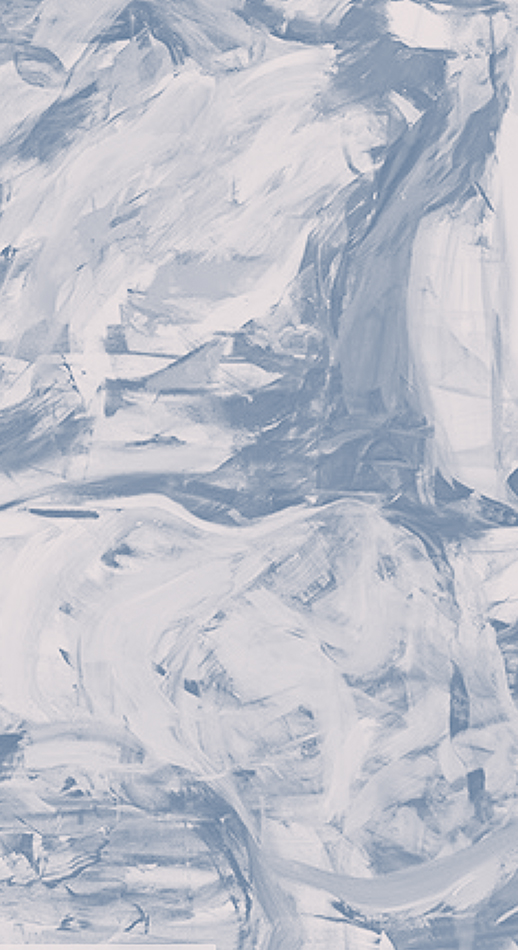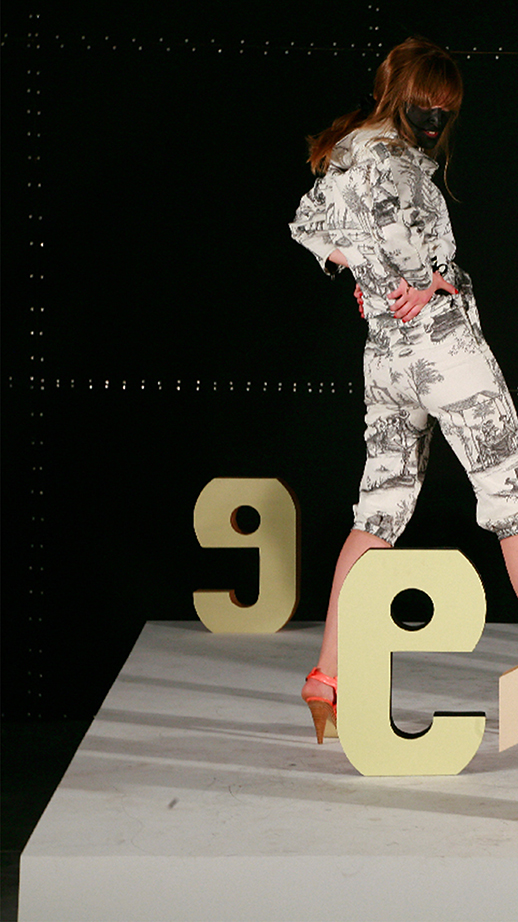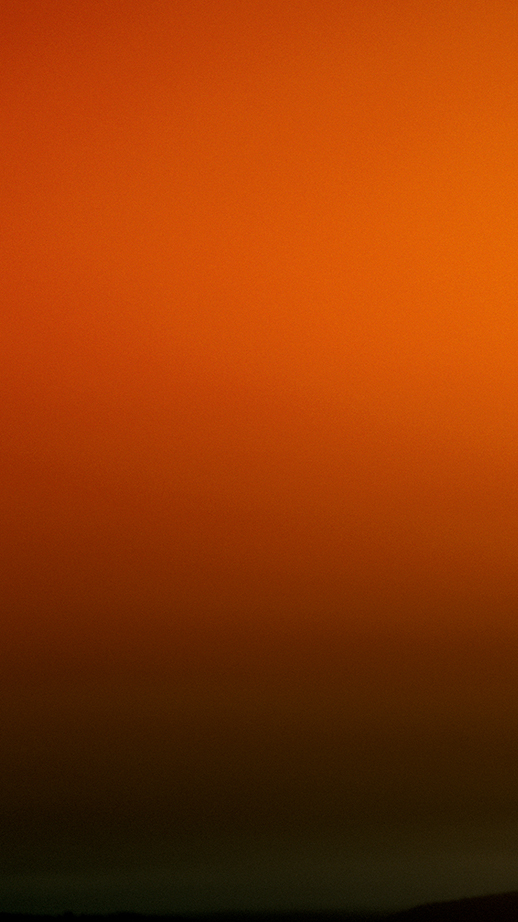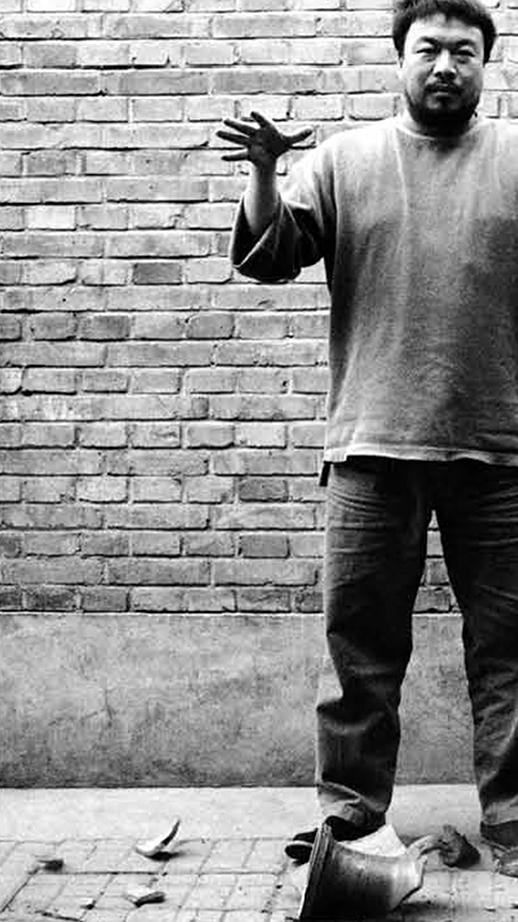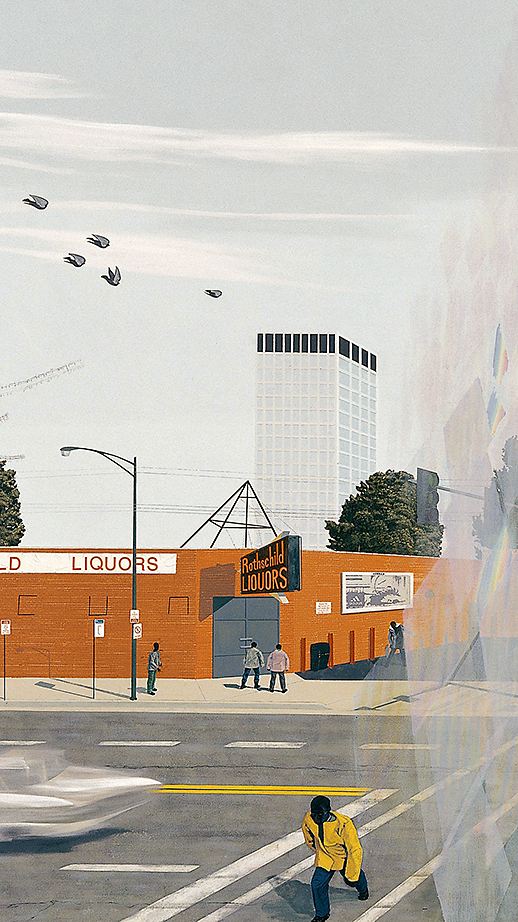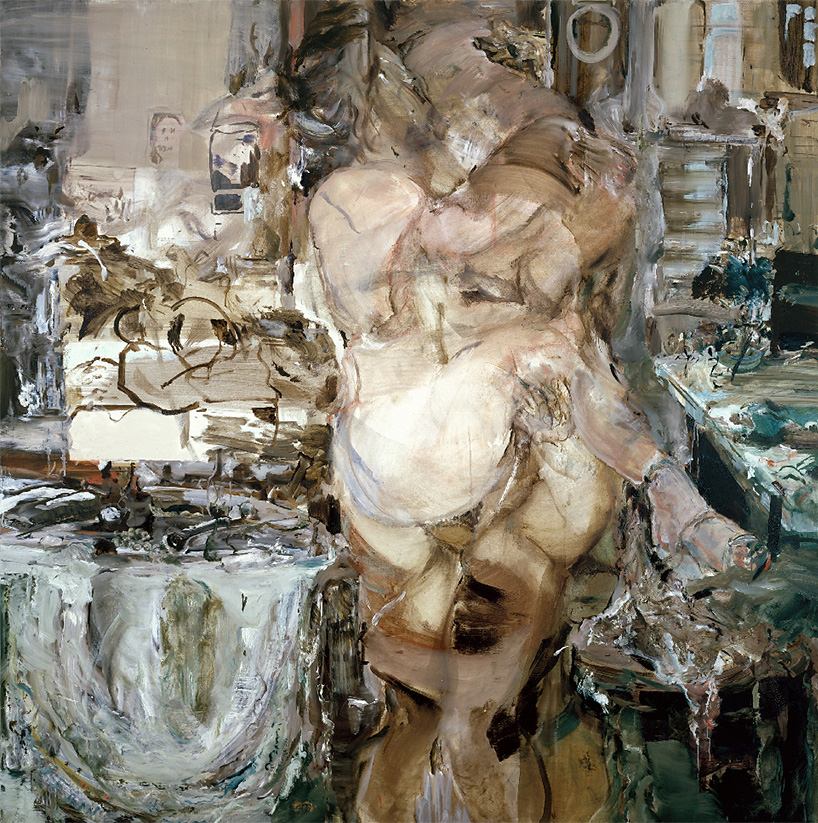The Art Issue
Massican Magazine’s Art issue celebrates the inspiration of five contemporary artists. The artists were selected from the 25 years of monographs published by Phaidon in their Contemporary Artists Series. Before introducing the artists and their work, we talked to their Editor, Michele Robecchi, about how he captures and memorializes the life of an artist in the pages of a book.
